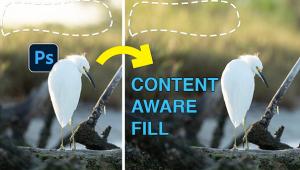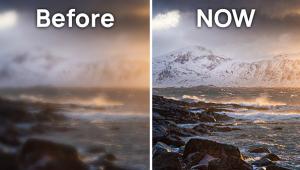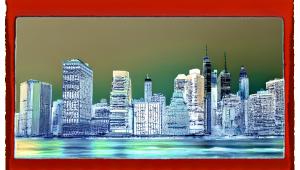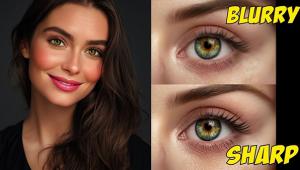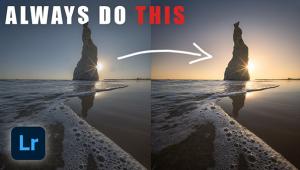Vibrance vs Saturation in Photoshop: Use Them Both for Perfect Color (VIDEO)

When it comes to editing images in Photoshop, Lightroom, or Adobe Camera Raw, some photographers aren’t quite sure about the difference between the Vibrance and Saturation tools. And others don’t know when to use one instead of the other. If that sounds like you, read on.
In the quick and easy tutorial below, Photoshop/Lightroom expert Colin Smith explains the difference between Saturation and Vibrance, demonstrates how they work, and illustrates how you can employ these important tools separately or, best yet, use them together for images with perfect color.

Whether you use Vibrance or Saturation depends upon the image you’re working on, and Smith helps you identify what type of photographs call for one tool or the other. He also demonstrates the specific situation in which using both sliders in tandem is the best choice. Best yet, he shows you how to get the job done in just six minutes.
Smith notes that the Saturation slider simply determines how much overall color is applied to an image across the entire range. You’ll see how moving the slider too far clips the colors, so certain hues aren’t reproduced and detail is lost. This situation is easy to identify by watching the color histogram atop Photoshop’s Vibrance/Saturation panel.

Vibrance, on the other hand, is “more intelligent than Saturation” because this tool examines the image and only enhances the specific portions that are lacking in color intensity. Thus, other areas with plenty of saturation are left untouched. If this sounds pretty simple, that’s because it really is.
You may ask yourself, “Why bother with Saturation, and simply use the Vibrance slider?” Smith provides a simple answer for that too. In fact, his explanation is the real key to this tutorial, when it comes to achieving perfect color by applying both the Vibrance and Saturations tools together.
After watching this helpful video, head over to Smith’s YouTube channel for more Photoshop and Lightroom tips. And be sure to check out yesterday’s article, with a new approach to HDR processing that delivers natural-looking images with more detail.
- Log in or register to post comments

